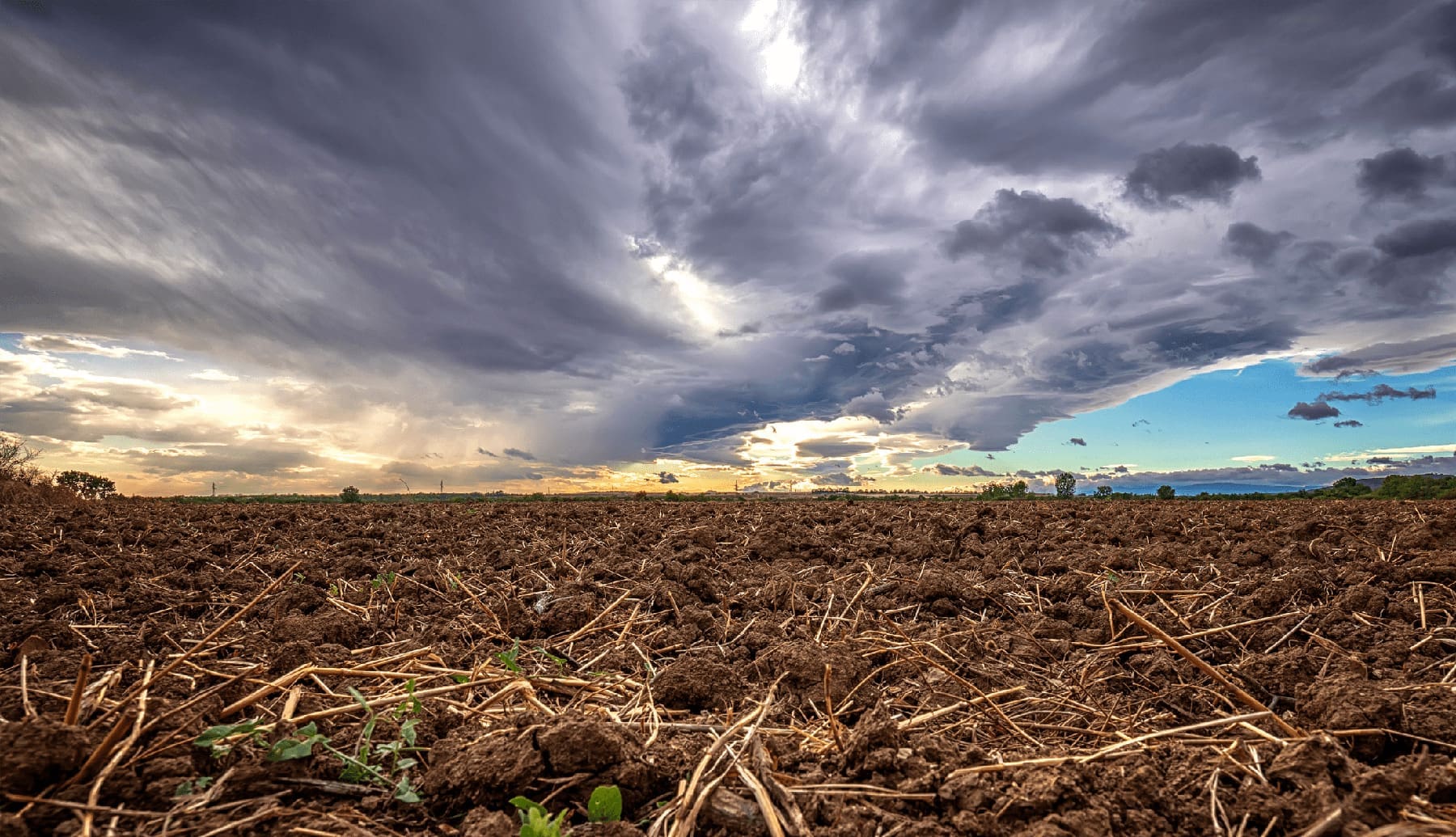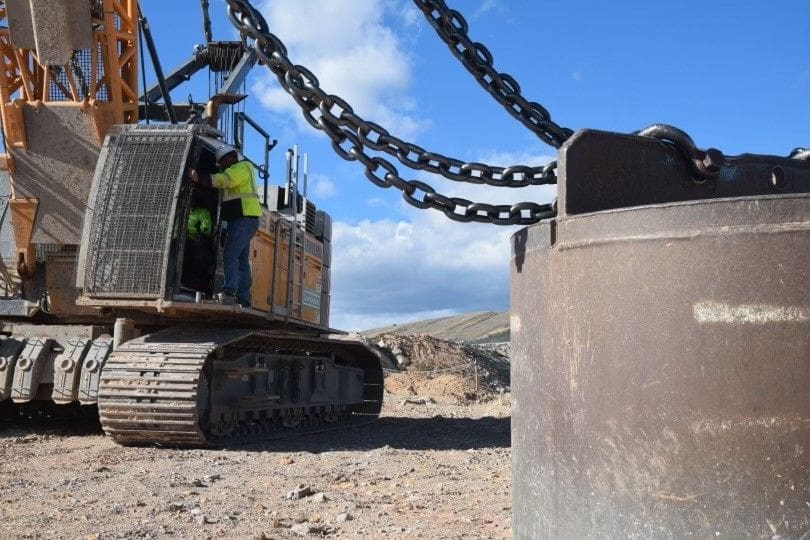
How Wet Weather Affects Ground Improvement
Wet weather can dramatically impact the physical and mechanical properties of soil, presenting significant challenges in ground improvement processes. Saturation from increased precipitation can alter soil stability, reduce load-bearing capacity, and introduce issues like swelling, shrinkage, and increased pore pressure. These factors directly affect soil stabilization methods and require careful planning to prevent the deformation and failure of soil structures, making them critical considerations in construction.
Reduced Shear Strength
The shear strength of soil represents its ability to resist sliding or deformation under stress. Wet conditions decrease the friction between soil particles, causing a notable reduction in shear strength. This can result in soil instability and pose serious risks to construction integrity. Diminished shear strength increases the likelihood of landslides, erosion, and ground movement, calling for more robust stabilization solutions. Additionally, the increased lateral pressures on retaining structures caused by water must be accounted for during design and construction phases.
Increased Compressibility
Soil with higher moisture content is more compressible, meaning it is prone to settling or subsiding under load. This can cause uneven settlement and potentially damage buildings and infrastructure. Saturated, compressible soils experience significant volume changes, affecting the alignment and level of structures. Clay-rich soils are particularly susceptible to moisture-induced expansion and contraction. Engineers need to consider these changes when designing foundations to avoid structural problems.
Decreased Bearing Capacity
Soil’s bearing capacity—the ability to support load—decreases in wet weather, presenting challenges for adequately supporting structures, particularly in regions with high groundwater levels or frequent rainfall. Reduced bearing capacity can lead to differential settlement, where parts of a structure’s foundation settle unevenly due to variations in soil conditions or load distribution. This uneven settlement can result in structural issues like cracks in walls, misaligned doors, and compromised stability. Therefore, assessing soil bearing capacity under wet conditions is essential to prevent these problems. Projects in wet areas must also incorporate design elements that address fluctuating water tables and their impact on load-bearing capacity, ensuring long-term structural integrity.
Soil Stabilization Methods in Wet Conditions
To mitigate the challenges wet weather poses, several soil stabilization methods can be applied. These techniques enhance soil’s physical and mechanical properties, ensuring stability in construction. Each method has specific applications and considerations.
Lime Stabilization
Lime stabilization is widely used for clayey soils. Adding lime to wet soil causes chemical reactions that enhance soil strength and reduce plasticity.
- Mixing Process: Thorough mixing is crucial in wet conditions to ensure lime is evenly distributed. Excessive moisture can reduce the effectiveness of this process, requiring proper equipment and techniques to avoid oversaturation.
- Curing Period: Lime-treated soil requires a curing period for chemical reactions to complete. Wet weather can extend this period, potentially delaying construction. Careful monitoring ensures the soil achieves the desired strength before further work proceeds.
Cement Stabilization
Cement stabilization improves the strength and durability of sandy and silty soils by binding particles together.
- Water-Cement Ratio:
To ensure effectiveness in wet weather, the moisture content and water-cement ratio must be carefully controlled. This is achieved through precise measurements, using moisture sensors, and sometimes adding lime to absorb excess water. Accurate control ensures that the treated soil maintains its durability and stabilization properties. - Compaction:
Compaction is critical to cement stabilization. In wet conditions, specialized equipment and careful monitoring help achieve optimal compaction without overdoing it. Operators adjust machinery settings and the number of passes to prevent over-compaction, which can lead to reduced permeability and drainage issues.
Geosynthetics
Geosynthetic materials, such as geotextiles and geogrids, are versatile materials that reinforce and stabilize soil, particularly under wet conditions.
- Drainage: Geosynthetics enhance drainage, reducing excess moisture in the soil. Proper drainage prevents pore pressure build-up, which occurs when water fills the spaces between soil particles, increasing pressure within the soil. This pressure can destabilize the soil structure and potentially lead to soil failure. By promoting efficient drainage, geosynthetics help maintain soil stability and integrity.
- Separation: Geotextiles act as a barrier between soil layers, preventing intermixing and maintaining soil integrity. This separation is essential for preserving soil stability and load-bearing capacity.
Ensuring Success in Ground Improvement Despite Wet Weather Challenges
Wet weather poses challenges to ground improvement, but with proper techniques and strategies, construction projects can achieve success. Understanding soil properties and employing effective stabilization methods ensure structural integrity and environmental sustainability. By planning for weather variability and using innovative solutions, ground improvement projects can overcome the challenges of wet weather, resulting in resilient and successful outcomes.
Densification brings industry expertise and innovative strategies to help you navigate ground improvement challenges with confidence. Reach out to us today to learn how our solutions can keep your project on track, ensuring both structural integrity and environmental sustainability.











